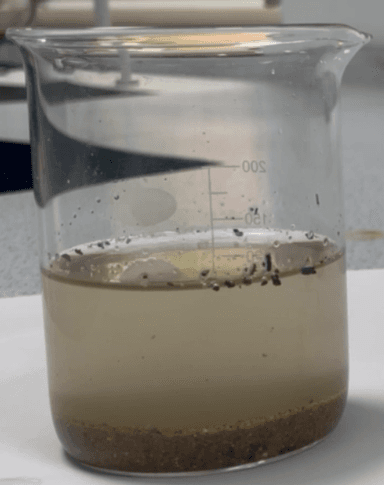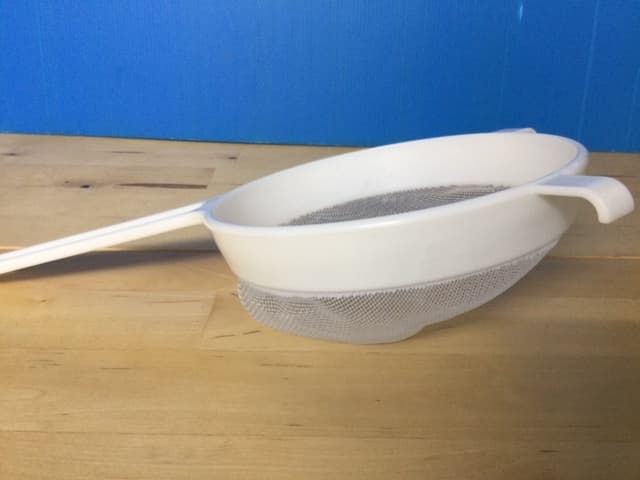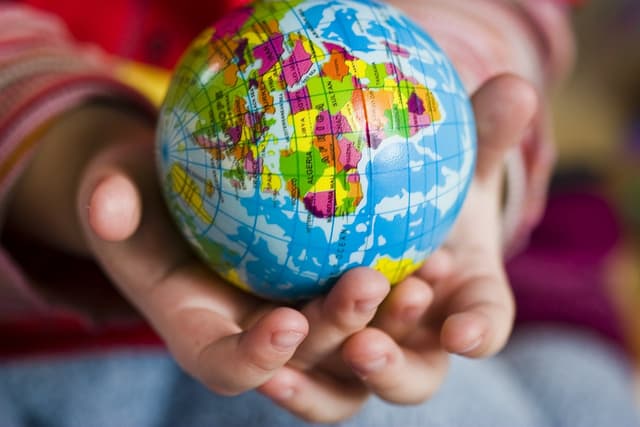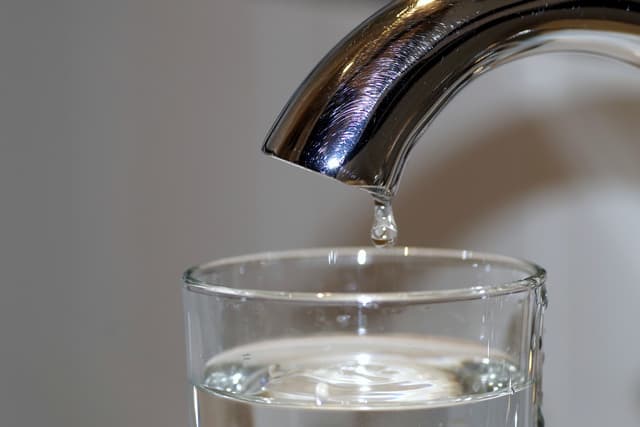Providing safe drinking water (non-statutory Climate Change & Sustainability)
I can investigate natural ways to filter dirty water.
Providing safe drinking water (non-statutory Climate Change & Sustainability)
I can investigate natural ways to filter dirty water.
These resources will be removed by end of Summer Term 2025.
Lesson details
Key learning points
- Around 80% of the world's population have access to safe drinking water at home, leaving 1.6 billion without.
- Unsafe water is one of the world’s largest health and environmental problems, particularly for the poorest in the world.
- Scientists and engineers take inspiration from nature to create filtering systems to clean water for drinking.
Keywords
Access - To have access is the ability to enter or use something.
Microorganism - A microorganism is a very tiny living thing.
Filter - To filter is to separate the solid particles in a liquid using filter paper or a fine mesh.
Natural - A natural object or material has not been made by humans.
Common misconception
Children may think that everyone has access to safe drinking water, and that water just 'appears' clean from a tap.
This lesson explains how approximately 1.6 billion people in the world today do not have access to water that is safe to drink. Also, that water is usually filtered and treated to make it safe to drink.
To help you plan your year 5 science lesson on: Providing safe drinking water (non-statutory Climate Change & Sustainability), download all teaching resources for free and adapt to suit your pupils' needs...
To help you plan your year 5 science lesson on: Providing safe drinking water (non-statutory Climate Change & Sustainability), download all teaching resources for free and adapt to suit your pupils' needs.
The starter quiz will activate and check your pupils' prior knowledge, with versions available both with and without answers in PDF format.
We use learning cycles to break down learning into key concepts or ideas linked to the learning outcome. Each learning cycle features explanations with checks for understanding and practice tasks with feedback. All of this is found in our slide decks, ready for you to download and edit. The practice tasks are also available as printable worksheets and some lessons have additional materials with extra material you might need for teaching the lesson.
The assessment exit quiz will test your pupils' understanding of the key learning points.
Our video is a tool for planning, showing how other teachers might teach the lesson, offering helpful tips, modelled explanations and inspiration for your own delivery in the classroom. Plus, you can set it as homework or revision for pupils and keep their learning on track by sharing an online pupil version of this lesson.
Explore more key stage 2 science lessons from the Properties, changes and separating materials unit, dive into the full secondary science curriculum, or learn more about lesson planning.

Equipment
Plastic bottles, scissors, masking tape, cotton wool, sand, gravel, soil, 'dirty water' sample.
Content guidance
- Risk assessment required - equipment
Supervision
Adult supervision required
Licence
Starter quiz
6 Questions






Exit quiz
6 Questions





